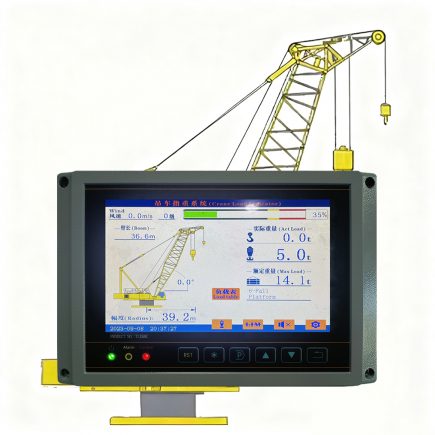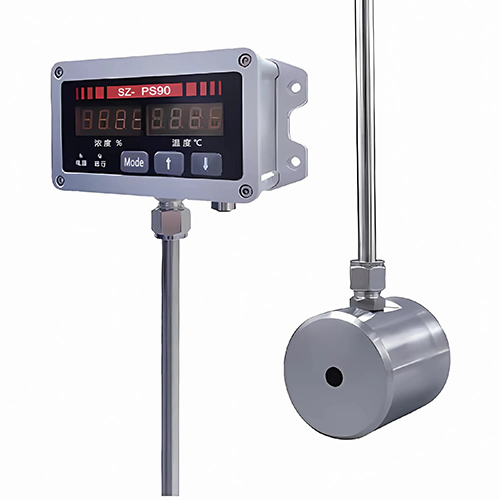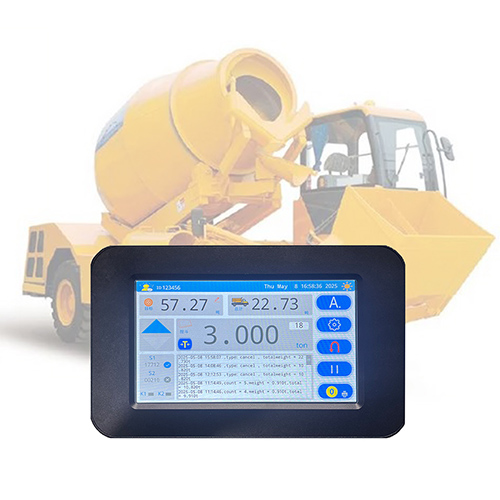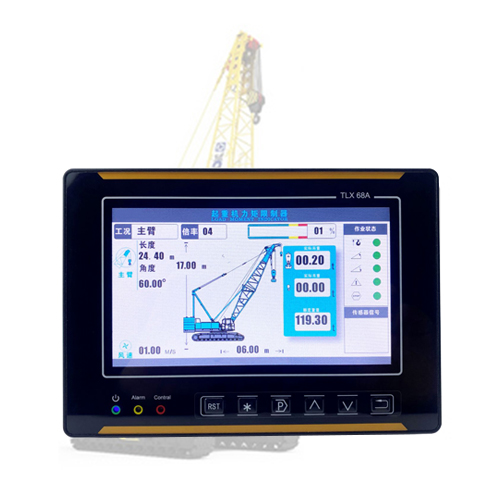High – Quality Sensor Selection: The core of the weighing system is the sensor. High – precision sensors with high stability and strong anti – interference ability should be selected. These sensors can accurately detect the force changes when the excavator is loading materials, providing a reliable basis for accurate weighing. For example, some advanced sensors use advanced strain – gauge technology, which can minimize the impact of external factors such as vibration and temperature on the weighing results.
Professional Installation: Professional installation is crucial for the accuracy of the weighing system. The installation process needs to ensure that the sensors are correctly installed in the appropriate positions on the excavator arm and bucket. Incorrect installation may cause uneven stress on the sensors, resulting in inaccurate weighing data. Professional installers will use professional tools and strict installation procedures to ensure the correct installation of each component.
Regular Calibration: Regular calibration of the weighing system is essential to maintain its accuracy. Calibration should be carried out according to the manufacturer’s instructions at regular intervals. During calibration, standard weights of known values are used to adjust the weighing system to ensure that the displayed weight data is consistent with the actual weight. This can effectively correct the errors that may occur during long – term use.
Environmental Adaptation: Construction sites are often complex environments with various interferences. The weighing system should have good environmental adaptability. For example, it should be able to work stably in high – temperature, high – humidity, dusty, and strong – vibration environments. Some advanced weighing systems are equipped with special protective devices and anti – interference circuits to ensure the accuracy of weighing in harsh environments.








